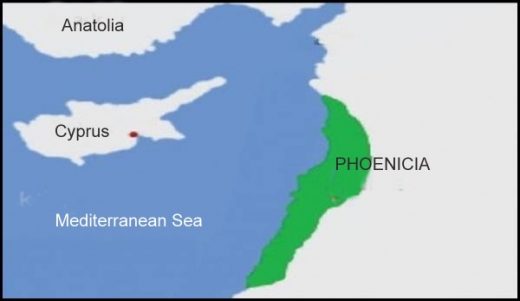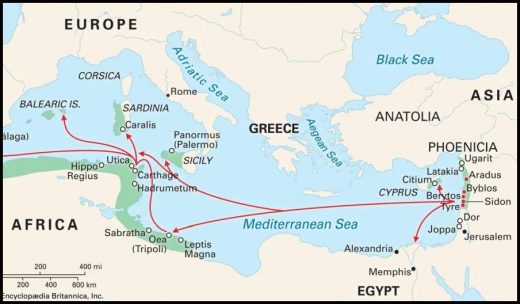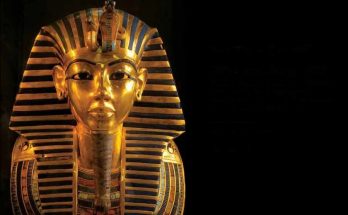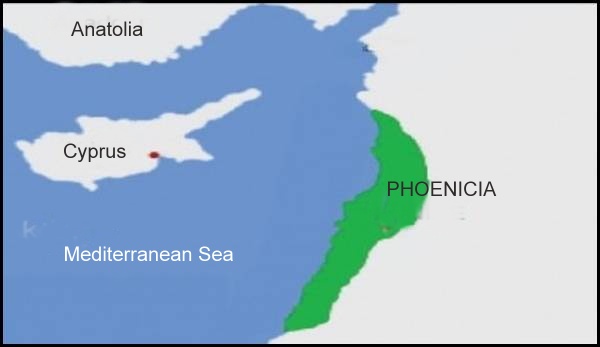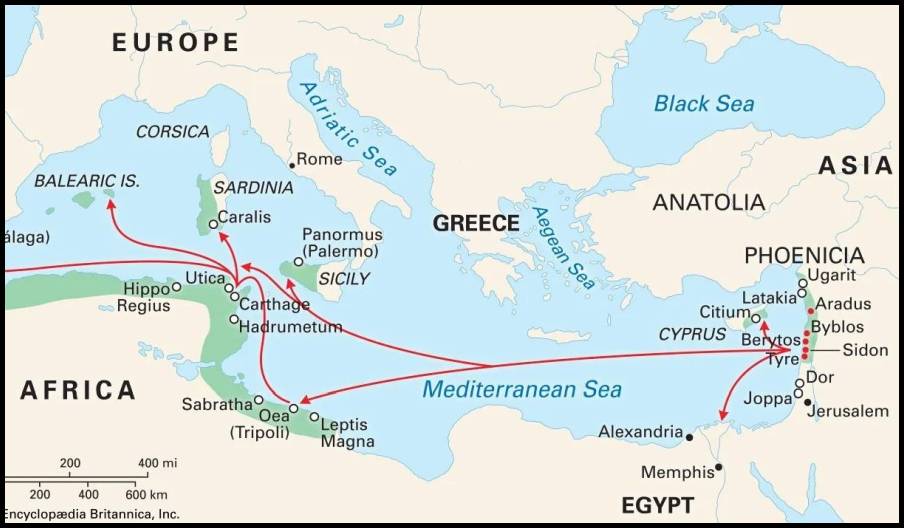Phoenicia, ancient region along the eastern coast of the Mediterranean that corresponds to modern Lebanon, with adjoining parts of modern Syria and Israel. Its location along major trade routes led its inhabitants, called Phoenicians, to become notable merchants, traders, and colonizers in the 1st millennium BCE. The chief cities of Phoenicia (excluding colonies) included Byblos, Sidon, Tyre, and Berot (modern Beirut).
Phoenicians in Brief
The Phoenicians were Semitic. It was a maritime civilization founded on the coasts of Syria, Lebanon, and Palestine.
The Phoenicians came to this region around 3000 BC. They started commercial relations with the Egyptians from 2500 BC. After a while, the Phoenicians, who came under the influence of Egypt, could only escape their influence in the XIV century BC. They came out at the end of the century.
IX. BC. century Assyrians, VI. century Persians invaded the Phoenicians. Phoenicia, which was later captured by Alexander the Great, was connected to the Roman province of Syria in 65 BC.
Every city had a god or goddess among the Phoenicians. This shows that the Phoenicians had a polytheistic belief.
They used more stones in architecture and surrounded the cities they lived in with thick walls. Thus, they tried to fight better against external attacks.
Their most important contribution to world civilization was their discovery of letter writing and the invention of the 22-letter alphabet. In addition, glass is an important contribution of the Phoenicians to world civilization.
The fact that the geography they were in was not suitable for agriculture and animal husbandry had prepared the environment for the Phoenicians to deal with maritime and maritime trade.
The Phoenicians established trading colonies on the Mediterranean coast to sell their products and obtain the minerals they needed (such as gold, silver, copper, and tin). However, because they saw these colonies as a trade center rather than a homeland, they did not last long.
Views: 424
